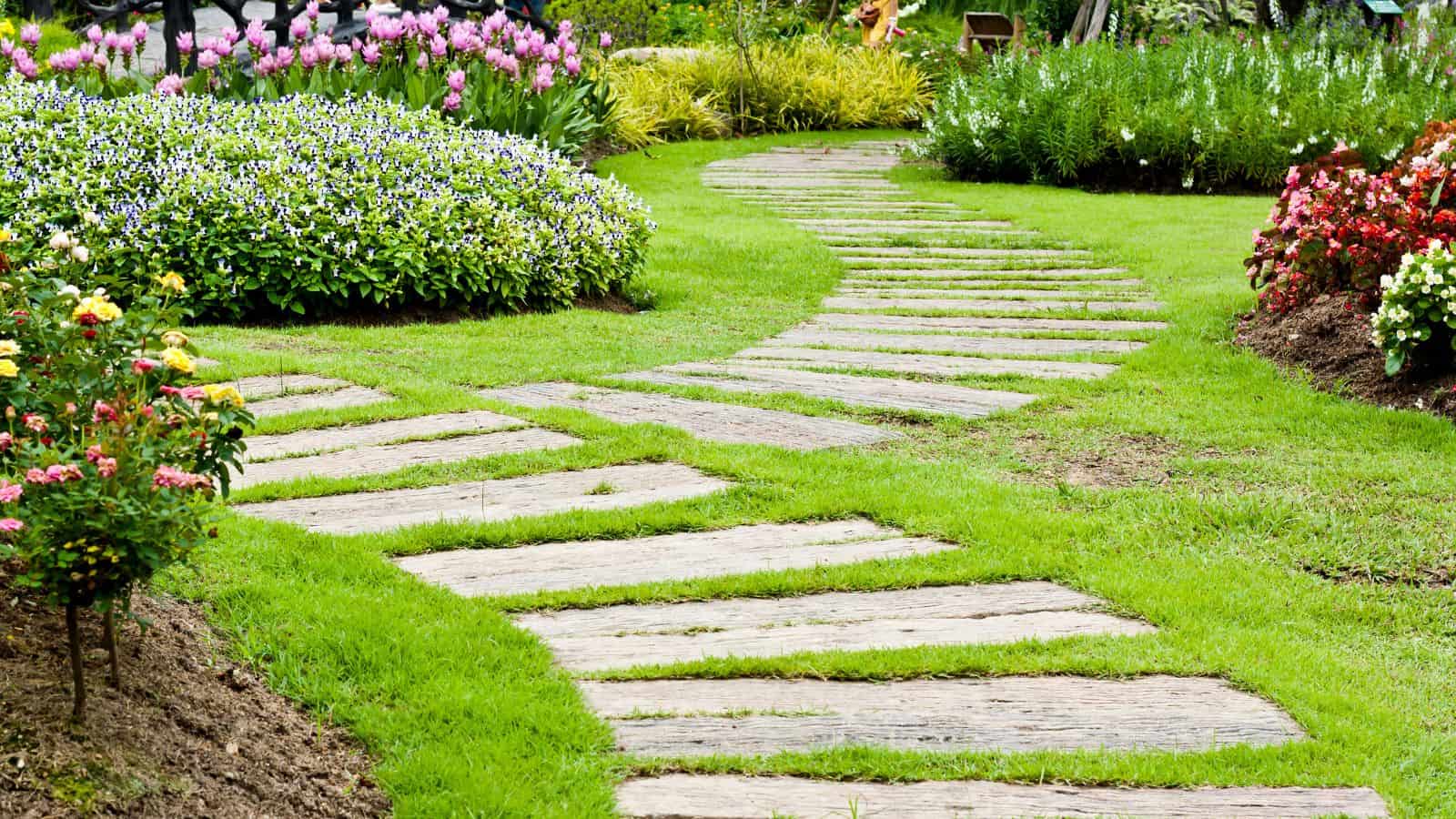Hardscaping refers to the non-living elements in your garden, such as patios, walkways, and retaining walls. Incorporating hardscaping into your garden design can offer numerous benefits, enhancing both the functionality and aesthetics of your outdoor space.

Low Maintenance
One of the most significant advantages of hardscaping is that it requires minimal maintenance compared to traditional landscaping. Hardscaped areas do not need watering, mowing, or fertilizing, saving you time and effort. Regular cleaning and occasional repairs are usually all that’s needed to keep hardscaped features looking their best.
Water Conservation
Hardscaping can help reduce water usage in your garden. By replacing some of your lawn or plant beds with hardscaped areas, you decrease the amount of water needed for irrigation. This is particularly beneficial in regions prone to drought or with water restrictions.
Erosion Control
Installing retaining walls and other hardscaping features can help control erosion on sloped properties. These structures hold soil in place, preventing it from being washed away during heavy rains. This not only protects your garden but also helps maintain the integrity of your landscape.
Increased Property Value
Well-designed hardscaping can significantly increase the value of your property. Features like patios, outdoor kitchens, and fire pits enhance the functionality and appeal of your outdoor space, making your home more attractive to potential buyers.
Improved Accessibility
Hardscaped paths and walkways improve accessibility in your garden, making it easier to navigate. This is especially important for those with mobility issues. Well-placed walkways can guide visitors through your garden, highlighting different areas and features.
Extended Living Space
Adding hardscaping elements like patios and decks extends your living space outdoors. These areas provide additional space for entertaining, dining, and relaxing, allowing you to enjoy your garden more fully. Outdoor living spaces are perfect for family gatherings and social events.
Enhanced Aesthetics
Hardscaping adds structure and definition to your garden, enhancing its overall aesthetics. Features like pergolas, arbors, and water features create focal points and add visual interest. Hardscaping can also be used to create contrast and complement the natural elements in your garden.
Durability
Hardscaping materials like stone, brick, and concrete are incredibly durable and can withstand harsh weather conditions. Unlike plants, which can suffer from pests and diseases, hardscaping features remain intact and functional for many years with minimal upkeep.
Functionality
Hardscaping improves the functionality of your outdoor space. Retaining walls can create terraced gardens on sloped properties, while pathways and steps make it easier to move around. Hardscaping can also provide seating areas and define different zones within your garden.
Environmental Benefits
Using permeable hardscaping materials can help manage stormwater runoff by allowing water to seep into the ground. This reduces the burden on stormwater systems and helps recharge groundwater supplies. Additionally, hardscaping reduces the need for chemical fertilizers and pesticides, promoting a healthier environment.
By incorporating hardscaping into your garden design, you can enjoy these benefits and create a more functional, attractive, and low-maintenance outdoor space.
